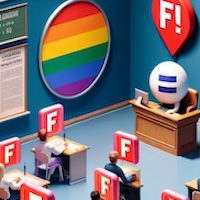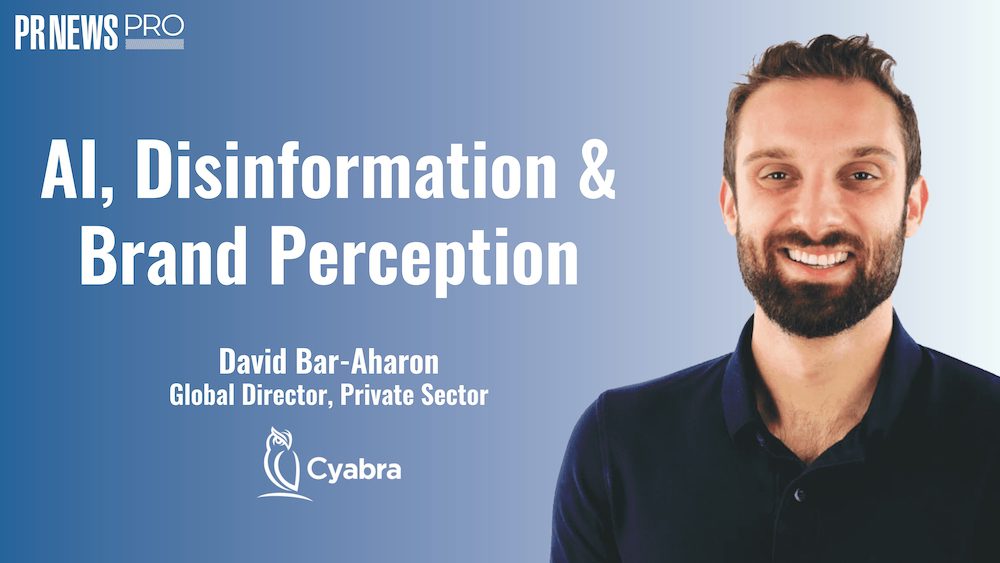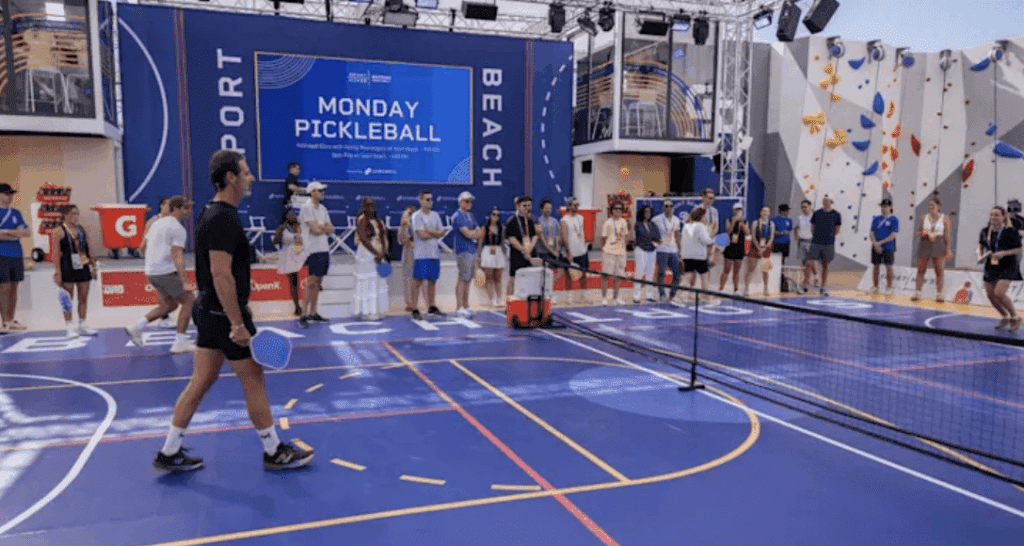That’s how marketers should plan their chance promotions.
Everybody loves a winner – except perhaps the promotion sponsor who has to award the prize.
That is the paradox facing marketers whenever they put together a sweepstakes, contest, game, or other promotional giveaway: The object is to attract as many entrants as possible without ultimately gaining more – or bigger – winners than anticipated. Staging a million-dollar hole-in-one contest can generate great p.r. for the brand, but is the brand financially prepared for the unlikely event that a contestant actually makes the shot?
If not, one big winner or too many little ones can make the brand a big loser.
Obviously, marketers want to avoid such blunders while still getting the most bang for their promotional buck. Prudent planning and a solid understanding of the mechanics of chance promotions can eliminate much of the inherent risk, but sometimes that’s not enough. Just as individuals and families, no matter how responsibly they behave, add another layer of protection against costly occurrences with auto and health insurance, marketers can protect their promotions against potential disasters.
“From a contest-design standpoint, simple steps such as limiting the maximum number of winners and the mechanism to deal with that will cater to unforeseen elements,” says Bob Hamman, whose company, Dallas-based SCA Promotions, specializes in risk management, including guaranteed payment of prizes from $5,000 to $1 billion. “But to assume that you can anticipate each and every thing that might occur is a pretty bold step.”
SCA was founded by Hamman in 1986. Over the past 14 years, the company has covered more than $11 billion in prizes and paid out more than $65 million in claims for packaged goods makers, sports teams, media organizations, Internet companies, and other entities. After scrutinizing a promotion and figuring out the odds, SCA can secure coverage for prize pay-outs through high-limit risk partners or a commercial re-insurer such as AIG, Swiss Re, or Lloyd’s of London.
“Sponsors of a promotion can decide to take their chances themselves or pay a fee to a third-party vendor like SCA and be done with it,” says Hamman, explaining the basics of the business. “The advantage of taking the chances yourself is that, if you run the contest a large number of times, there’s a pretty strong expectancy that it’s a more economical route to go. The advantage of paying a third party is that you know exactly what it’s going to cost.”
Rolling the Dice Prize risks can arise in different ways. There are the fairly straightforward promotions with contingent prizes, which by definition may or may not be won. Examples include the hole-in-one contest, a half-court shot by a fan at a basketball game, or selection of the one key out of 1,000 that will start a new car. Marketers either gamble that the golf ball, basketball, or key will miss, or pay a proportional premium over and above their operating budget to cover the “what if?” factor.
There are also human factors to consider. Somewhere along the line, from the program’s inception to its execution, mistakes can be made. Maybe it’s an oversight in the design, a typographical error in the rules, or a mistake in the seeding of game pieces. Hamman recalls a “hardware mistake” in which a car dealer running a find-the-right-key promotion cut corners on the quality of the treasure chest that had to be unlocked. The result was that dozens more than the few intended keys opened the lock, and the poor dealer was forced to give away 170 cars.
So the unexpected does happen on occasion, although it can often be avoided without a great deal of due diligence. And even if something slips by, there’s a chance that a winner won’t be found. With that bullet successfully dodged, the marketer hopefully learns a lesson that attention to every detail is paramount when formulating a promotion.
“It’s far better to have a good design up front rather than a sound mechanism to fix the blame afterward,” Hamman asserts. “Avoid the mistakes and you have a much clearer path.”
Depending on the design of a promotion, the risk of a prize being won can be controlled. However, marketers never want to eliminate risk altogether and have no winner, or they’ll weaken public interest and counteract one of the basic principles of promotion.
In that same vein, some marketers choose to increase the risks of winners by actually improving their chances – thereby increasing the promotional exposure for the brand. For example, contestants in last year’s 1-800 Call ATT basketball shoot-offs held during the NBA Finals were allowed to “train” beforehand with coaches or former NBA players. The risk of the contestant making the shot went up, but so did the odds of the program’s p.r. success – which can make an insurance policy against awarding the prize a worthwhile investment.
There’s also peace of mind in guaranteeing that all the physical components of a promotion are in order, as the cheap car keys case demonstrates. A guarantor will supply a target template for skill contests such as tossing a football, baseball, or hockey puck through a target.
“Suppose that by some chance you order a target of your own, and it’s the wrong size,” Hamman states. “Then maybe the ball or puck gets stuck and can’t get through. That wouldn’t be very good p.r. It’s just another in the series of details that need to be coordinated. And the more moving parts there are, the more chances of something going wrong.”
Even in cases where liability has been assumed, there are other factors that must be addressed. There are legal snafus and security breaches that can alter the number of winners and prizes. Games and contests conducted on the Internet carry particular perils, too. (For more information on those topics, read the related articles in this supplement.)
Promotion managers have varying degrees of experience in dealing with prize risk. So the decision to rely on a third party can be relative. In cases where control is tight and the pay-outs are within budget, there is generally no need. In those million-dollar games, however, marketers may do well to buy a little peace of mind.
Just in case that winner turns out to be a ringer.
 Network
Network




